Home>Storage Ideas>Kitchen Storage>What Kitchen Floor Goes Well With White Cabinets? The Must-know Combinations
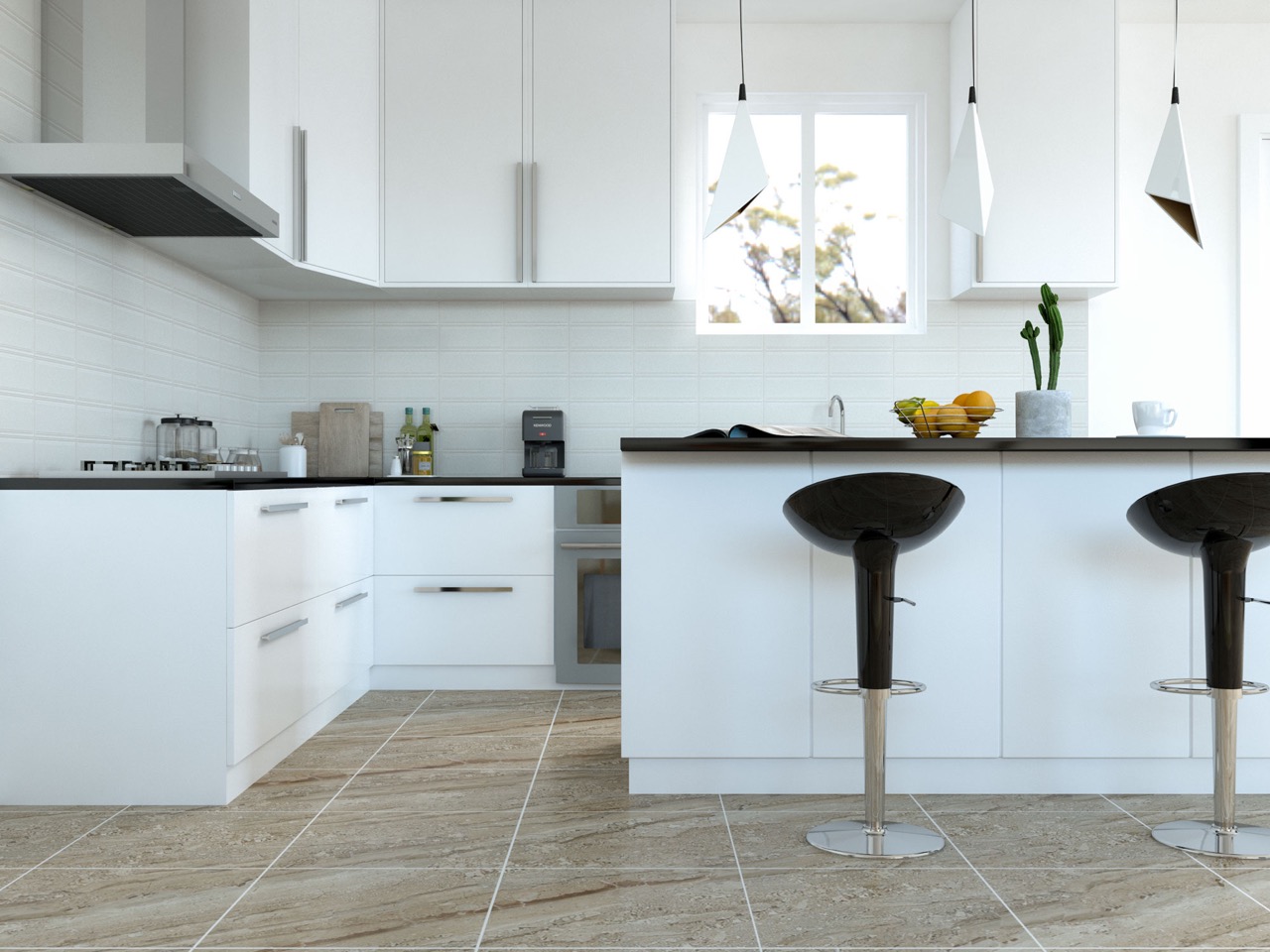

Kitchen Storage
What Kitchen Floor Goes Well With White Cabinets? The Must-know Combinations
Modified: February 7, 2024
Find the perfect kitchen floor for white cabinets with these must-know combinations. Discover creative kitchen storage ideas for a functional and stylish space.
(Many of the links in this article redirect to a specific reviewed product. Your purchase of these products through affiliate links helps to generate commission for Storables.com, at no extra cost. Learn more)
Introduction
When it comes to designing your dream kitchen, one of the most important decisions you’ll make is choosing the right flooring to complement your white cabinets. The flooring you select can greatly impact the overall aesthetics and functionality of your kitchen, so it’s crucial to consider a few key factors before making a decision.
With so many options available, each with its own unique characteristics and benefits, it can be overwhelming to narrow down your choices. That’s why we’ve compiled this comprehensive guide to help you explore various kitchen floor options and find the perfect combination for your white cabinets.
Before diving into the different flooring options, let’s start by considering some important factors that can influence your decision-making process. Understanding these factors will help you make an informed choice that not only enhances the visual appeal of your kitchen but also suits your lifestyle and maintenance preferences.
Key Takeaways:
- Choose durable and low-maintenance flooring like porcelain or vinyl to complement white cabinets in your kitchen. Consider style, comfort, and budget to create a stunning and functional space.
- Explore unique options such as cork or concrete floors for a sustainable and modern touch that enhances the aesthetics of your kitchen with white cabinets. Consider maintenance and style for a personalized space.
Read more: What Goes Well With Thyme
Factors to Consider
1. Style and Aesthetic: The flooring you choose should complement the white cabinets and contribute to the overall style and ambiance of your kitchen. Consider the color, pattern, and texture of the flooring to create a cohesive and visually pleasing look.
2. Durability and Resilience: Kitchens are high-traffic areas, so it’s vital to select a flooring material that can withstand the wear and tear of daily use. Look for options that are resistant to scratches, stains, and water damage, ensuring longevity and easy maintenance.
3. Comfort and Safety: Standing in the kitchen for extended periods can be tiring, so it’s important to choose a flooring material that provides comfort underfoot. Additionally, consider slip-resistance to ensure the safety of you and your loved ones, especially in areas prone to spills.
4. Budget: Set a budget for your kitchen renovation project and consider the cost of materials, installation, and maintenance. While some flooring options may be more expensive upfront, they may offer long-term savings due to their durability and low maintenance requirements.
5. Maintenance and Care: Assess how much time and effort you are willing to dedicate to cleaning and maintaining your kitchen floor. Some materials require regular sealing or polishing, while others only need simple sweeping and mopping.
6. Sustainability: If you are environmentally conscious, explore flooring options that are eco-friendly and made from renewable or recycled materials. This will not only contribute to a greener planet but also add a unique touch to your kitchen design.
With these factors in mind, let’s dive into the various kitchen flooring options that pair beautifully with white cabinets. Whether you prefer a classic, modern, or eclectic style, there’s a flooring choice out there that will perfectly complement your white cabinets and create the kitchen of your dreams.
Key Takeaways:
- Choose durable and low-maintenance flooring like porcelain or vinyl to complement white cabinets in your kitchen. Consider style, comfort, and budget to create a stunning and functional space.
- Explore unique options such as cork or concrete floors for a sustainable and modern touch that enhances the aesthetics of your kitchen with white cabinets. Consider maintenance and style for a personalized space.
Read more: What Goes Well With Thyme
Factors to Consider
When choosing the perfect flooring for your kitchen with white cabinets, it’s essential to consider several factors to ensure you make the right decision. These factors will help you select a flooring material that not only complements your cabinets but also meets your practical needs and suits your style. Let’s explore these factors in more detail:
1. Style and Aesthetic
The style and aesthetic of your kitchen play a crucial role in determining the type of flooring that will best enhance the overall design. Consider whether you want a traditional, modern, or eclectic look. For a classic kitchen style, hardwood floors in a warm tone can create a timeless and elegant ambiance. If you prefer a contemporary feel, large format tiles or polished concrete can add a sleek and minimalist touch. Assess the color, texture, and pattern of various flooring options to find the perfect match for your white cabinets.
2. Durability and Resilience
Kitchens are high-traffic areas that are prone to spills, dropped utensils, and heavy foot traffic. It’s essential to choose a flooring material that can withstand these challenges and maintain its beauty over time. Hardwood floors are known for their durability, but they may require regular maintenance to prevent scratches and water damage. Tile floors, especially porcelain or ceramic, are highly durable and resistant to stains, making them a practical choice for busy kitchens. Laminate and vinyl floors are also excellent options as they offer durability while being more budget-friendly.
Read more: What Floor Color Will Suit White Cabinets
3. Comfort and Safety
Comfort is another important consideration, especially if you spend a lot of time cooking or entertaining in your kitchen. Flooring materials that provide cushioning or are forgiving on the feet, such as cork or rubber, can offer a comfortable surface to stand on for extended periods. Additionally, safety is crucial, particularly in a kitchen where spills are common. Look for flooring options with slip-resistant properties to minimize the risk of accidents.
4. Budget
Your budget is a practical consideration when selecting flooring for your kitchen. While hardwood and marble floors may offer unmatched beauty and premium appeal, they can be more expensive compared to other options. However, there are cost-effective alternatives available that can still provide durability and style, such as laminate or vinyl floors. Consider the long-term cost of maintenance and potential repairs when evaluating your budget.
5. Maintenance and Care
Consider the level of maintenance and care required for your chosen flooring material. Some materials, like hardwood or marble, may require regular sealing, polishing, or refinishing to preserve their appearance. Others, like vinyl or laminate, are relatively low-maintenance and can be cleaned easily with regular sweeping and mopping. Assess your lifestyle and maintenance preferences to choose a flooring that aligns with your desired level of upkeep.
6. Sustainability
If you prioritize sustainability, explore flooring options that are eco-friendly and made from renewable or recycled materials. Bamboo and cork flooring are popular choices due to their renewable nature, rapid replenishment, and natural beauty. Additionally, there are options available that incorporate recycled materials, such as porcelain tiles made from recycled glass or concrete floors with recycled content.
Considering these factors will help you make an informed decision when selecting the perfect kitchen flooring to complement your white cabinets. By balancing style, durability, comfort, budget, maintenance, and sustainability, you can create a stunning kitchen space that meets your functional and aesthetic needs.
Read more: What Goes Well With Pampas Grass
Hardwood Floors
Hardwood floors are a classic and timeless choice that pairs beautifully with white cabinets in the kitchen. The natural beauty of hardwood brings warmth and elegance to any space, creating a cozy and inviting atmosphere. Here are some key features and benefits of hardwood floors:
Features:
- Hardwood floors are available in a wide range of species, finishes, and colors, allowing you to customize the look to suit your preferences and complement your white cabinets perfectly.
- The natural grains and variations in hardwood add a unique and organic touch to your kitchen, creating visual interest and character.
- Hardwood floors are durable and can withstand heavy foot traffic, making them suitable for busy kitchens.
- They offer excellent longevity when properly maintained, and they can be refinished if they become scratched or worn over time.
Benefits:
- The timeless appeal of hardwood floors adds value to your home and can easily adapt to changes in kitchen design trends.
- They provide a warm and comfortable surface to stand on, making them ideal for avid home cooks who spend hours in the kitchen.
- Hardwood is a sustainable flooring choice, as it is made from natural and renewable resources. Look for hardwood floors with the Forest Stewardship Council (FSC) certification to ensure responsible sourcing.
- The neutral tones of hardwood floors can complement any kitchen style and color scheme, creating a cohesive and visually pleasing look.
When selecting hardwood floors for your kitchen, consider the following factors:
- Species: Different wood species have distinct characteristics and variations in color and grain pattern. Oak, maple, and cherry are popular choices for kitchen floors.
- Finish: Choose between prefinished hardwood, which is easier and faster to install, or unfinished hardwood that allows for customization of stain color.
- Hardness: Consider the Janka hardness rating of the wood species to ensure it can withstand the demands of a kitchen environment.
- Maintenance: Hardwood floors require regular sweeping or vacuuming to remove dirt and debris. Spills should be wiped up immediately to prevent water damage.
To maintain the beauty of your hardwood floors, it is recommended to use area rugs or mats in high-traffic areas and under sinks to protect against water damage. Avoid dragging heavy furniture or sharp objects across the floor to prevent scratches. Regularly clean your hardwood floors with a recommended wood floor cleaner and avoid using excessive water.
Hardwood floors provide a timeless and elegant flooring option for kitchens with white cabinets. The natural beauty, durability, and versatility of hardwood make it a popular choice among homeowners who want a long-lasting and visually appealing kitchen space.
Tile Floors
Tile floors are a versatile and practical choice for kitchens with white cabinets. Whether you opt for porcelain, ceramic, or natural stone tiles, they offer a wide range of design options to complement your kitchen’s style. Here are some key features and benefits of tile floors:
Features:
- Tile floors come in various sizes, shapes, colors, and patterns, allowing for endless design possibilities. You can select subway tiles for a classic look, large format tiles for a modern aesthetic, or mosaic tiles for a unique and intricate design.
- Porcelain and ceramic tiles are highly durable and resistant to scratches, stains, and temperature fluctuations, making them a practical choice for kitchen floors.
- Natural stone tiles such as marble, travertine, or slate provide a luxurious and timeless appeal to your kitchen, with each stone type adding its own unique charm and character.
- Tile floors are water-resistant and easy to clean, making them ideal for kitchens where spills are frequent. They are also resistant to heat and fire, offering added safety.
Benefits:
- Tile floors are known for their durability and longevity. When properly maintained, they can last for many years, even in high-traffic areas like the kitchen.
- They are relatively low maintenance, requiring simple regular cleaning with mild detergent or tile cleaners. Grout lines may need occasional resealing to prevent staining or discoloration.
- Tile floors are suitable for radiant heating systems, allowing you to create a warm and cozy kitchen environment during colder months.
- With their wide range of colors and patterns, tile floors offer versatility and the ability to customize the design to match your personal style and complement your white cabinets.
When choosing tile floors for your kitchen, consider the following factors:
- Material: Porcelain and ceramic tiles are popular choices, as they are durable, water-resistant, and offer a wide range of designs. Natural stone tiles provide a luxurious and unique look but require more upkeep.
- Size and pattern: Consider the size of the tiles and the pattern you want to create. Larger tiles can make a small kitchen appear more spacious, while patterns like herringbone or chevron can add visual interest.
- Texture: Choose a tile finish that suits your needs and style. Glossy tiles can create a sleek and modern look, while textured or matte tiles can provide better slip resistance.
- Grout color: The color of the grout can significantly impact the overall look of your tiled floor. Opt for a contrasting grout color to make the individual tiles stand out or choose a similar color for a seamless look.
To maintain your tile floors, sweep or vacuum regularly to remove dirt and debris. Wipe up spills promptly to prevent staining. Clean the tiles and grout lines periodically using a mild detergent or tile cleaner. Avoid using harsh chemicals or abrasive cleaners that can damage the tiles or grout.
Tile floors offer endless design possibilities and durability for kitchens with white cabinets. Whether you prefer a classic, modern, or eclectic look, tile floors can provide both practicality and style to create a stunning kitchen space.
Laminate Floors
Laminate floors are a popular and cost-effective choice for kitchens with white cabinets. They offer the look of hardwood or stone without the high price tag, making them a budget-friendly option. Here are some key features and benefits of laminate floors:
Features:
- Laminate floors are synthetic flooring products composed of multiple layers. The top layer is a high-quality image of wood grain or stone texture, protected by a durable wear layer that resists scratches and stains.
- They come in a wide variety of designs, including oak, hickory, and even exotic wood species, as well as various stone patterns.
- Laminate floors are available in different board widths and lengths, allowing you to choose the size that best fits your kitchen’s dimensions.
- They are easy to install as well, with a click-lock or glueless installation system that makes it a suitable option for DIY enthusiasts.
Benefits:
- Laminate floors offer excellent durability, making them resistant to scratches, stains, fading, and wear. They can easily withstand the demands of a busy kitchen.
- They are moisture-resistant, although it is important to clean up spills promptly to prevent water damage. However, laminate floors are not entirely waterproof, so caution is advised when installing them in areas prone to excessive moisture.
- Laminate floors are low-maintenance, requiring regular sweeping or vacuuming to remove dirt and debris. Occasional mopping with a damp mop and a mild cleaner is usually sufficient for cleaning.
- These floors are a cost-effective option that provides the look of hardwood or stone at a fraction of the price. This makes them an appealing choice for homeowners on a budget.
When selecting laminate floors for your kitchen, consider the following factors:
- Thickness: Choose a thicker laminate, typically between 8mm to 12mm, for better durability and resistance to impact.
- AC Rating: Look for a laminate floor with a high AC (Abrasion Class) rating, particularly AC3 or higher, for increased durability.
- Design and Texture: Consider the design and texture that best matches your kitchen style. These can range from smooth finishes to textured surfaces that mimic the feel of natural wood or stone.
- Underlayment: Some laminate floors come with an attached underlayment, while others require a separate underlayment for added insulation, sound absorption, and moisture protection.
When installing laminate floors in your kitchen, it is recommended to use floor protectors under heavy furniture to prevent indentations. Clean up spills immediately using a damp cloth to avoid potential water damage. Avoid using abrasive cleaners or excessive water during cleaning, as they can damage the laminate surface.
Laminate floors offer a cost-effective and durable flooring option for kitchens with white cabinets. With a wide variety of designs and easy installation, laminate floors can achieve the look of hardwood or stone while staying within budget.
Vinyl Floors
Vinyl floors are a versatile and resilient choice for kitchens with white cabinets. They offer a wide range of design options, from mimicking the look of natural materials to bold and vibrant patterns. Here are some key features and benefits of vinyl floors:
Features:
- Vinyl floors are composed of multiple layers, including a protective wear layer, a printed design layer, and a cushioned backing layer for added comfort and noise reduction.
- They come in various forms, including sheet vinyl, vinyl tiles, and luxury vinyl planks (LVP) or luxury vinyl tiles (LVT), which mimic the appearance of natural wood or stone.
- Vinyl floors are highly durable and resistant to scratches, stains, and water damage. They can withstand spills and splashes common in kitchen environments.
- They offer excellent noise reduction properties, making them a suitable choice for homes with open floor plans or shared living spaces.
Benefits:
- Vinyl floors are highly resilient, providing a comfortable surface underfoot. The cushioned backing layer absorbs impact and reduces strain on your feet and joints, making it ideal for long hours spent in the kitchen.
- They are water-resistant or even waterproof, making them easy to clean and maintain. Spills and messes can be quickly wiped up without worrying about long-term damage.
- Vinyl floors are available in a wide range of designs, colors, and patterns. You can find vinyl floors that mimic the look of hardwood, stone, or even tile, allowing you to achieve the desired style for your kitchen.
- They are relatively easy to install, with options for glue-down or click-lock installation systems. Some vinyl floors even offer peel-and-stick installation for a hassle-free DIY project.
When selecting vinyl floors for your kitchen, consider the following factors:
- Type: Choose between sheet vinyl, vinyl tiles, or luxury vinyl planks/tiles based on your preferred installation method and the desired look for your kitchen.
- Thickness: Thicker vinyl floors generally offer better durability and resistance to wear. Look for vinyl with a wear layer of at least 12 mil for increased longevity.
- Pattern and Design: Explore various patterns and designs to find one that matches your kitchen’s style and complements your white cabinets. Whether you prefer a wood-look or a more artistic design, vinyl offers endless possibilities.
- Installation: Consider your DIY abilities and the convenience of installation methods. While peel-and-stick vinyl can be a quick and easy DIY option, click-lock systems may provide better long-term durability.
Maintaining vinyl floors is relatively simple. Regular sweeping or vacuuming helps remove dirt and debris. Occasional mopping with a mild cleaner that is recommended for vinyl floors keeps them looking clean and fresh. Avoid using abrasive cleaners or excessive water, as they can damage the surface of the vinyl.
Vinyl floors offer a versatile, durable, and budget-friendly flooring solution for kitchens with white cabinets. Whether you prefer the look of hardwood, stone, or a unique pattern, vinyl floors can enhance the beauty and functionality of your kitchen space.
Concrete Floors
Concrete floors might not be the first flooring option that comes to mind for your kitchen with white cabinets, but they offer a sleek and modern aesthetic that can elevate your space. Concrete floors have become increasingly popular in contemporary kitchen designs. Here are some key features and benefits of concrete floors:
Features:
- Concrete floors provide a minimalist and industrial look with a smooth and sleek surface. They can be polished to a high sheen or textured for a more unique appearance.
- Concrete is a highly durable material that can withstand heavy foot traffic, making it suitable for busy kitchens.
- Concrete floors are versatile and can be customized with various decorative options, including coloring, staining, and stenciling, to match your kitchen’s style.
- They are a sustainable choice, as concrete is typically locally sourced and can be combined with recycled or eco-friendly materials.
Benefits:
- Concrete floors are low maintenance, making them ideal for those seeking a hassle-free flooring option. Regular sweeping and occasional mopping with a neutral cleaner are usually all that’s required.
- They are highly stain-resistant, which is essential in a kitchen where spills are common. Proper sealing can also enhance their resistance to water damage.
- Concrete floors provide excellent thermal conductivity, helping to regulate the temperature in your kitchen and potentially reducing energy costs.
- They are perfect for homes with radiant heating systems, as concrete efficiently transfers heat to provide a warm and comfortable environment in colder months.
When considering concrete floors for your kitchen, here are some factors to keep in mind:
- Finishes: Decide whether you want a polished or textured finish for your concrete floors. Polished concrete provides a glossy and reflective surface, while decorative aggregates or etching techniques can create a more unique texture.
- Colors and Stains: Concrete can be colored or stained in a variety of shades to match your kitchen’s color palette. Consider neutral or earthy tones for a timeless appeal or bolder colors for a statement look.
- Sealing: Applying a high-quality sealer is crucial to protect the concrete and enhance its resistance to stains and moisture. Consult with professionals to ensure the proper sealing process.
- Maintenance: Regular cleaning is essential to keep concrete floors looking their best. Avoid using abrasive cleaners or excessive water, as they can damage the sealer or the concrete surface.
Due to the nature of concrete floors, it’s important to be aware of their potential drawbacks, such as their hardness, which can be less forgiving on your feet, and the possibility of cracking over time. However, with proper installation, sealing, and maintenance, concrete floors can be a stunning and durable choice for your kitchen with white cabinets.
Cork Floors
Cork floors are a unique and eco-friendly option for kitchens with white cabinets. Known for their natural beauty and comfortable feel, cork floors offer a range of benefits that make them a popular choice for homeowners. Here are some key features and benefits of cork floors:
Features:
- Cork floors are made from the bark of cork oak trees, allowing the trees to regenerate after harvesting, making them a sustainable and renewable material.
- They have a distinctive and warm appearance with a natural texture, creating a cozy and inviting atmosphere in your kitchen.
- Cork has natural insulating properties, helping to keep your kitchen warm in the winter and cool in the summer.
- Cork floors are soft and comfortable underfoot, providing cushioning and reducing strain on your joints while you prepare meals or stand for long periods in the kitchen.
Benefits:
- Cork floors are highly durable and resistant to dents and scratches. They can easily withstand the demands of a kitchen, including heavy foot traffic and dropped utensils.
- They are naturally resistant to moisture, mold, and mildew, making them a suitable choice for kitchens where spills and humidity are common.
- Cork has acoustic properties that help reduce noise, making your kitchen a quieter and more peaceful space, especially in open floor plan homes.
- They are hypoallergenic, as cork naturally repels dust, pollen, and pet dander, making them a healthier choice for those with allergies or respiratory sensitivities.
When selecting cork floors for your kitchen, consider the following factors:
- Finish: Choose between pre-finished cork tiles or unfinished cork that can be customized with stains or sealants to achieve your desired look.
- Installation: Cork floors can be installed in either tile or plank form, and some options come with click-lock systems for easier DIY installation.
- Sealing: Applying a protective sealant is crucial to ensure durability and prevent staining. Consult with professionals or follow manufacturer guidelines for the recommended sealing process.
- Maintenance: Regular sweeping and damp mopping are sufficient to clean cork floors. Avoid using excessive water or harsh cleaners, as they can damage the cork’s natural properties.
It’s important to note that while cork floors are durable, they can still be susceptible to scratches and damage from sharp objects or heavy furniture. Placing felt pads under furniture legs and using protective mats in high-traffic areas can help minimize potential damage.
Cork floors provide a unique combination of sustainability, comfort, and aesthetics, making them an excellent choice for kitchens with white cabinets. Their natural properties and durability contribute to a welcoming and stylish kitchen space.
Marble Floors
Marble floors exude elegance and luxury, making them a stunning choice for kitchens with white cabinets. Known for their timeless beauty and natural veining, marble floors can transform your kitchen into a sophisticated space. Here are some key features and benefits of marble floors:
Features:
- Marble is a natural stone formed from limestone, giving it a unique and elegant appearance. Each marble slab has its own distinct veining patterns, making every floor unique.
- Marble floors come in various colors, ranging from classic white to subtle shades of gray, beige, or even vibrant hues. This allows for customization to match your preferred style and complement your white cabinets.
- The polished surface of marble creates a glossy and reflective look that adds a touch of sophistication to your kitchen.
- Marble is a durable and long-lasting material when properly maintained, making it suitable for kitchen floors that experience heavy foot traffic.
Benefits:
- Marble floors are heat-resistant, making them ideal for kitchens where hot pans and pots are frequently placed on the floor.
- As a natural stone, marble is highly coveted for its luxurious and timeless appeal. It can instantly elevate the overall aesthetic of your kitchen and increase the value of your home.
- Marble floors are relatively easy to clean with regular sweeping or vacuuming to remove dirt and debris. Periodic mopping with a mild, pH-neutral cleaner helps maintain their shine.
- Marble has excellent cooling properties, making it a comfortable flooring option in warmer climates.
When considering marble floors for your kitchen, here are some factors to keep in mind:
- Finish: Decide whether you want a polished, honed, or tumbled finish. Polished marble offers a high-gloss and reflective surface, while honed marble has a smooth, matte finish.
- Veining: Consider the veining pattern and color of marble to ensure it complements your white cabinets. Whether you prefer bold and dramatic veining or a more subtle look, there are options available to suit your taste.
- Maintenance: Marble is a porous stone, making it susceptible to stains and etching from acidic substances. Regular sealing is necessary to protect the marble and ensure its longevity. Clean up spills immediately and use coasters or mats under hot items to prevent damage.
- Slip Resistance: Due to its polished surface, marble floors can be slippery when wet. It’s essential to use rugs or mats in areas prone to spills and choose a honed or tumbled finish for increased slip resistance.
Keep in mind that while marble floors offer unparalleled beauty, they may require more maintenance compared to other flooring options. Regular sealing and care are essential to preserve their appearance and protect against stains. With proper upkeep, marble floors can create a luxurious and sophisticated kitchen space that will be the envy of your guests.
Porcelain Floors
Porcelain floors are a versatile and practical choice for kitchens with white cabinets. Known for their durability and wide range of design options, porcelain floors bring both functionality and style to your kitchen space. Here are some key features and benefits of porcelain floors:
Features:
- Porcelain is a type of ceramic tile that is fired at a higher temperature, making it denser and more durable than traditional ceramic tiles.
- Porcelain floors come in various sizes, shapes, colors, and patterns. From sleek and modern to classic and traditional, there’s a porcelain tile option to suit every kitchen style.
- They can mimic the look of natural stone, wood, or even cement, providing a versatile and cost-effective alternative to these materials.
- Porcelain tiles have a low porosity, making them water-resistant, stain-resistant, and extremely durable. They can withstand heavy foot traffic, making them ideal for kitchens.
Benefits:
- The durability of porcelain floors ensures they remain in excellent condition for many years, even in a high-traffic kitchen environment.
- They are easy to clean. Porcelain tiles are resistant to spills, stains, and scratches, allowing for hassle-free maintenance.
- Porcelain is an excellent choice for kitchens with its resistance to moisture and temperature changes. It remains stable in humid conditions and can be paired with radiant heating systems for added comfort in the colder months.
- Porcelain floors offer enhanced slip resistance, thanks to their textured surfaces. This makes them a safe option for kitchens where spills are common.
When considering porcelain floors for your kitchen, here are some factors to keep in mind:
- Color and Design: Porcelain tiles are available in a wide array of colors, patterns, and textures. Consider the color tone that complements your white cabinets and choose a design that matches your kitchen’s style.
- Finish: Decide whether you prefer a matte, semi-gloss, or high-gloss finish based on your desired aesthetic and maintenance requirements. Matte finishes provide a more natural and anti-slip surface.
- Size and Shape: Consider the size of the tiles and the layout pattern you want to achieve. Larger tiles can create a seamless and visually expansive look, while smaller tiles can add intricate detail.
- Grout: Choose the color of the grout carefully to complement your tiles and white cabinets. Consider using an epoxy grout for increased stain resistance and durability.
Maintaining porcelain floors is relatively straightforward. Regular sweeping or vacuuming keeps them free of dirt and debris. For more thorough cleaning, use a mild detergent or tile cleaner. Avoid using abrasive cleaners or bleach that can damage the tiles or grout.
Porcelain floors offer a versatile and durable flooring option for kitchens with white cabinets. With their wide range of designs and excellent performance, porcelain tiles can enhance the beauty and functionality of your kitchen space for years to come.
Conclusion
Choosing the right flooring for your kitchen with white cabinets is a crucial decision that can significantly impact the overall aesthetics and functionality of the space. By considering various factors such as style, durability, comfort, budget, maintenance, and sustainability, you can find the perfect flooring option that complements your white cabinets and meets your needs.
From classic and timeless options like hardwood floors, which add warmth and elegance, to modern and sleek choices like tile or concrete floors that offer durability and versatility, there is a wide array of possibilities to explore. Laminate and vinyl floors provide cost-effective alternatives that don’t compromise on style or resilience. Cork floors offer a unique combination of eco-friendliness and comfort. And for those seeking a touch of luxury, marble and porcelain floors provide a timeless and sophisticated appeal. Consider the specific features and benefits of each flooring option, keeping in mind factors such as installation, maintenance, and durability. Pay attention to the style and aesthetic of the flooring, ensuring it harmonizes with your white cabinets and overall kitchen design. Factor in your budget and maintenance preferences to find the perfect balance between affordability and long-term durability. Once you’ve chosen the flooring material, carefully select the finish, color, and pattern to complement your white cabinets and create a cohesive and visually appealing kitchen space. Pay attention to the necessary maintenance and care requirements to ensure the longevity and beauty of your chosen flooring. In conclusion, with careful consideration of important factors and a thorough exploration of different flooring options, you can find the ideal flooring for your kitchen with white cabinets. Whether you prefer the classic elegance of hardwood, the versatility of tiles, the practicality of laminates, or the unique charm of cork, there’s a flooring choice that will enhance the beauty and functionality of your kitchen while complementing your white cabinets. Choose wisely, and create a kitchen space that you’ll love for years to come.
Frequently Asked Questions about What Kitchen Floor Goes Well With White Cabinets? The Must-know Combinations
Was this page helpful?
At Storables.com, we guarantee accurate and reliable information. Our content, validated by Expert Board Contributors, is crafted following stringent Editorial Policies. We're committed to providing you with well-researched, expert-backed insights for all your informational needs.
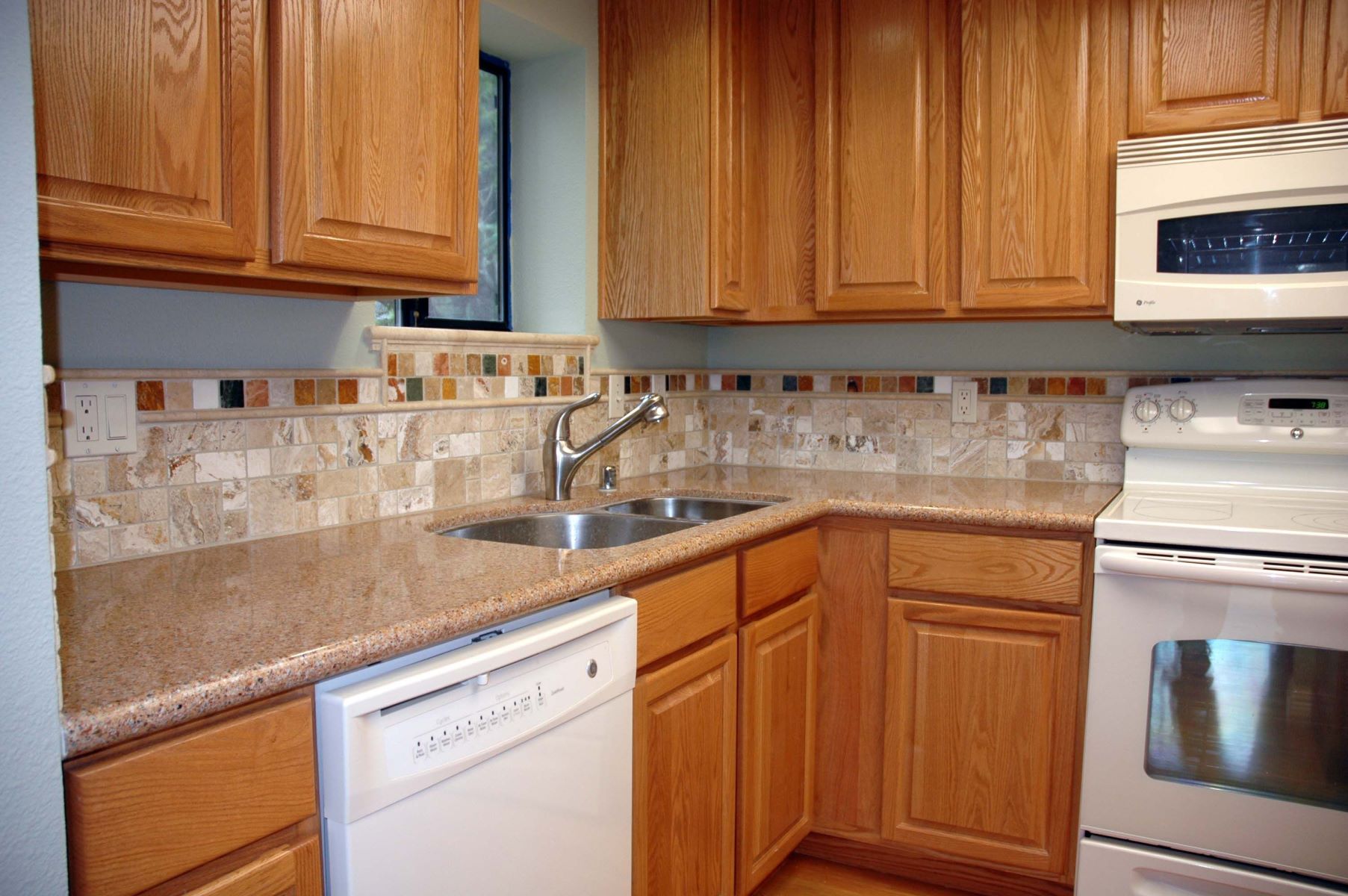
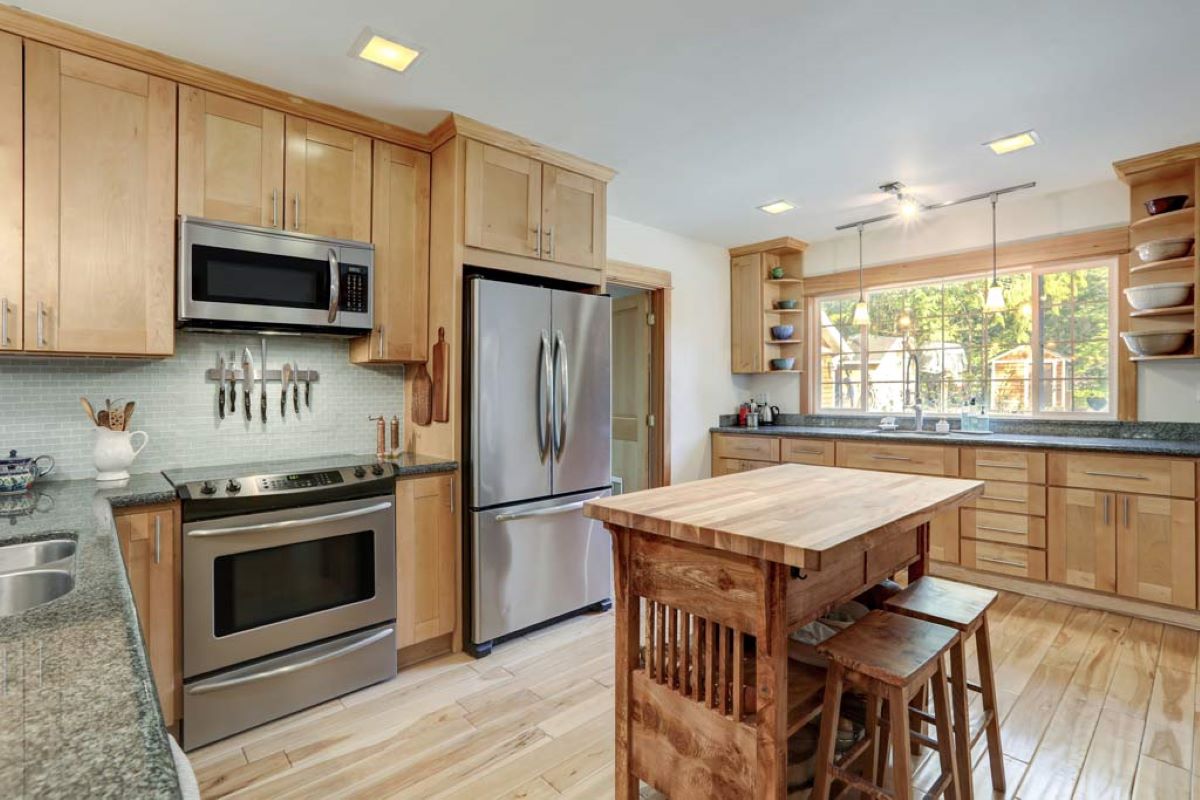
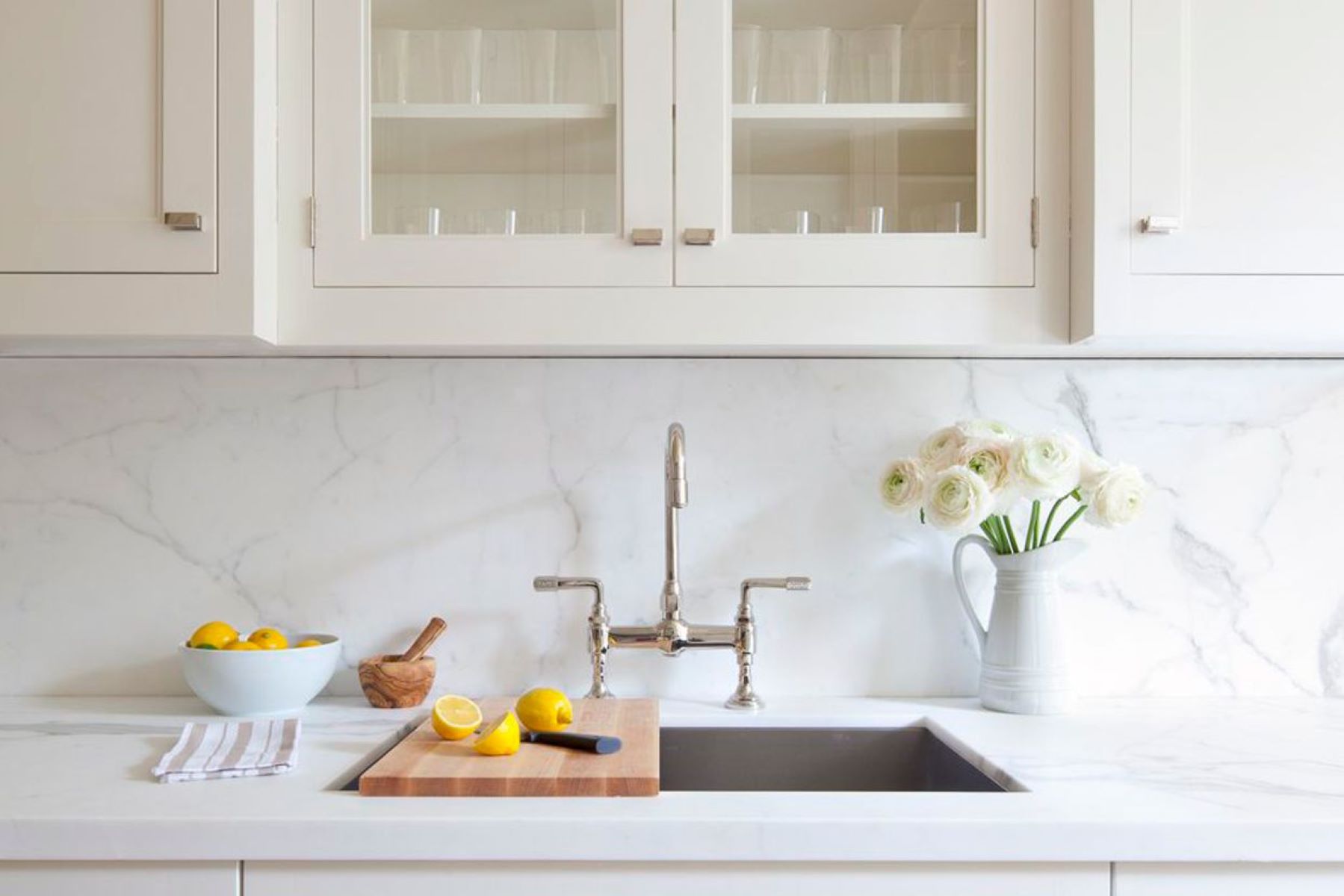
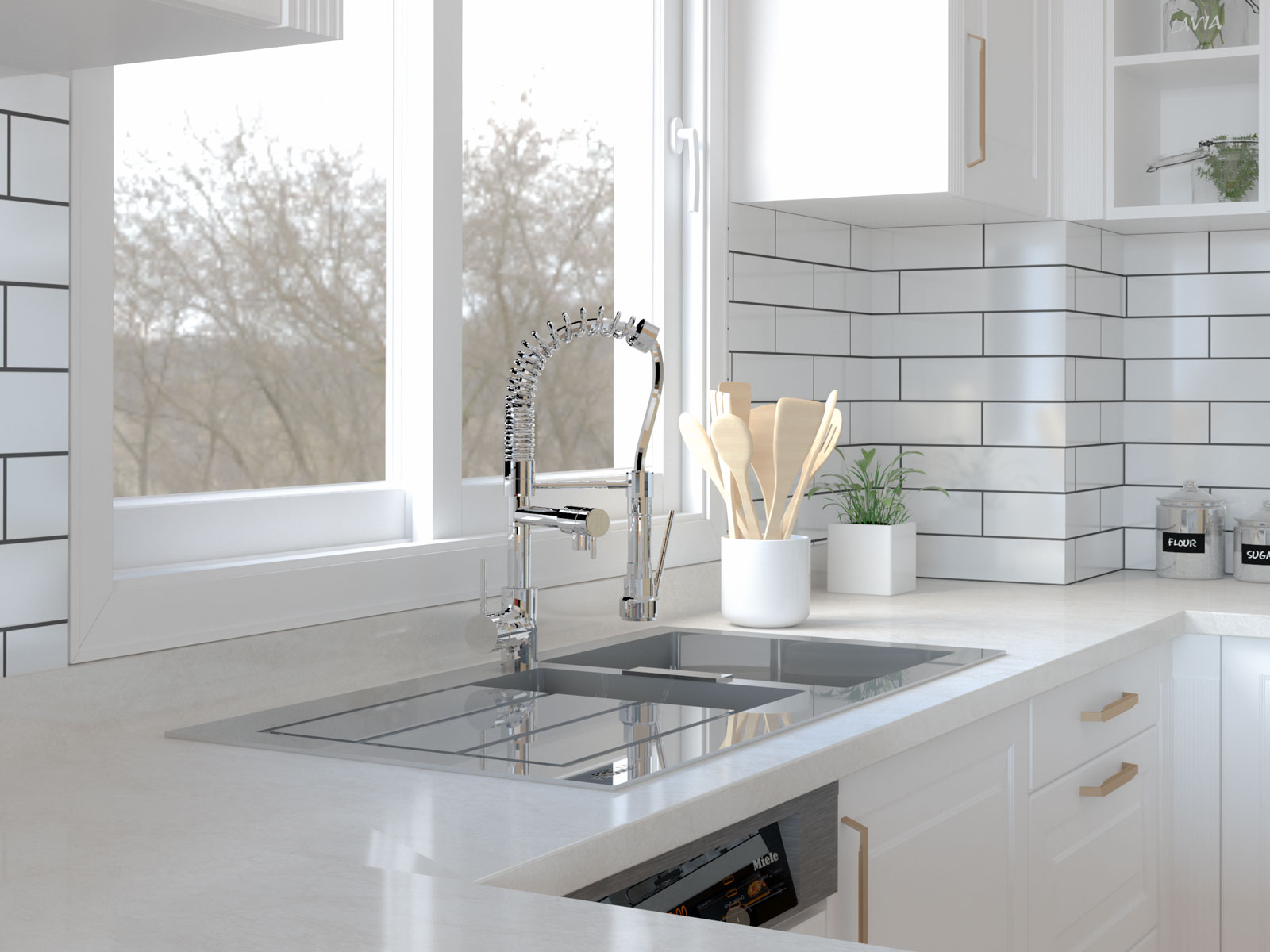
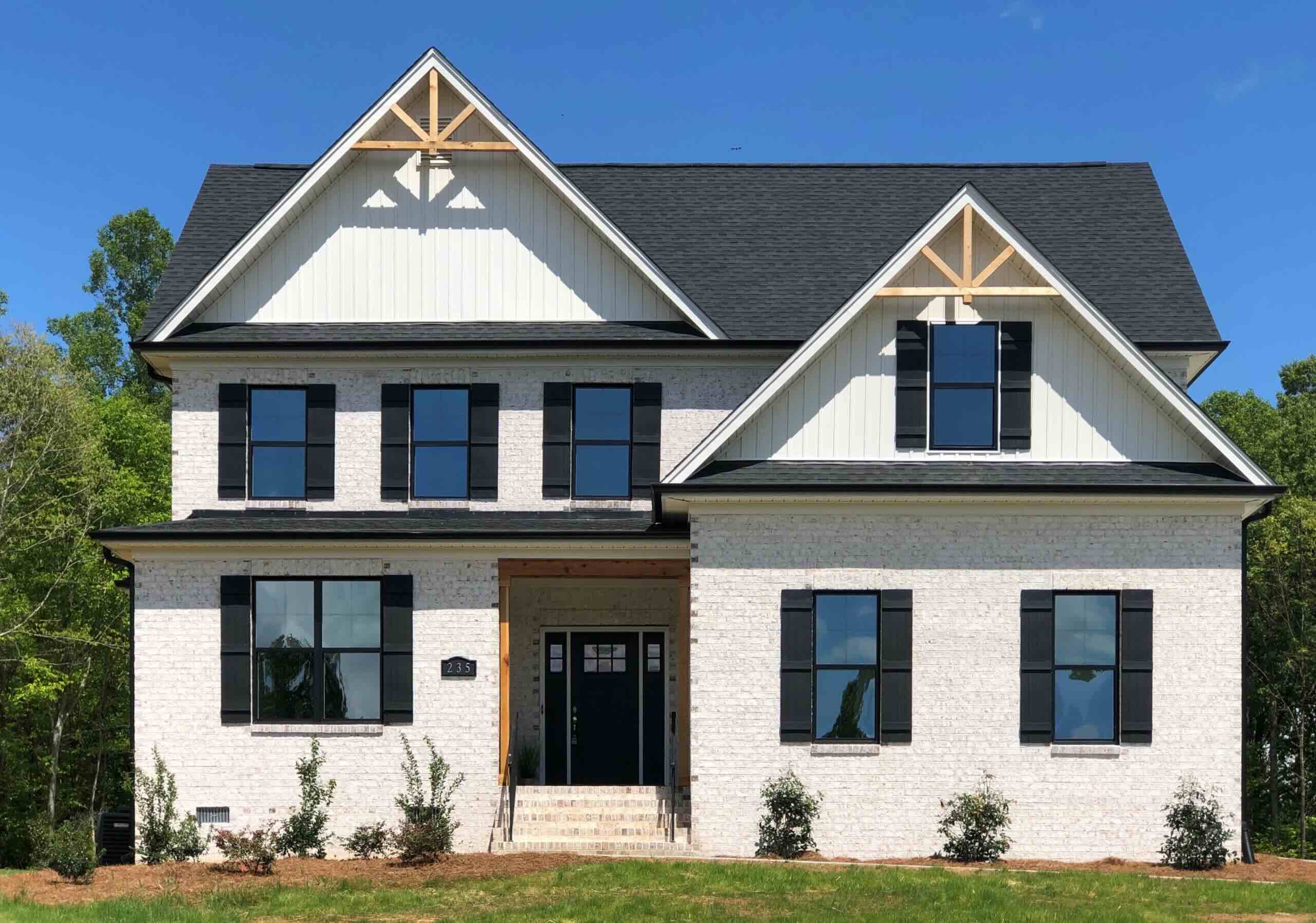
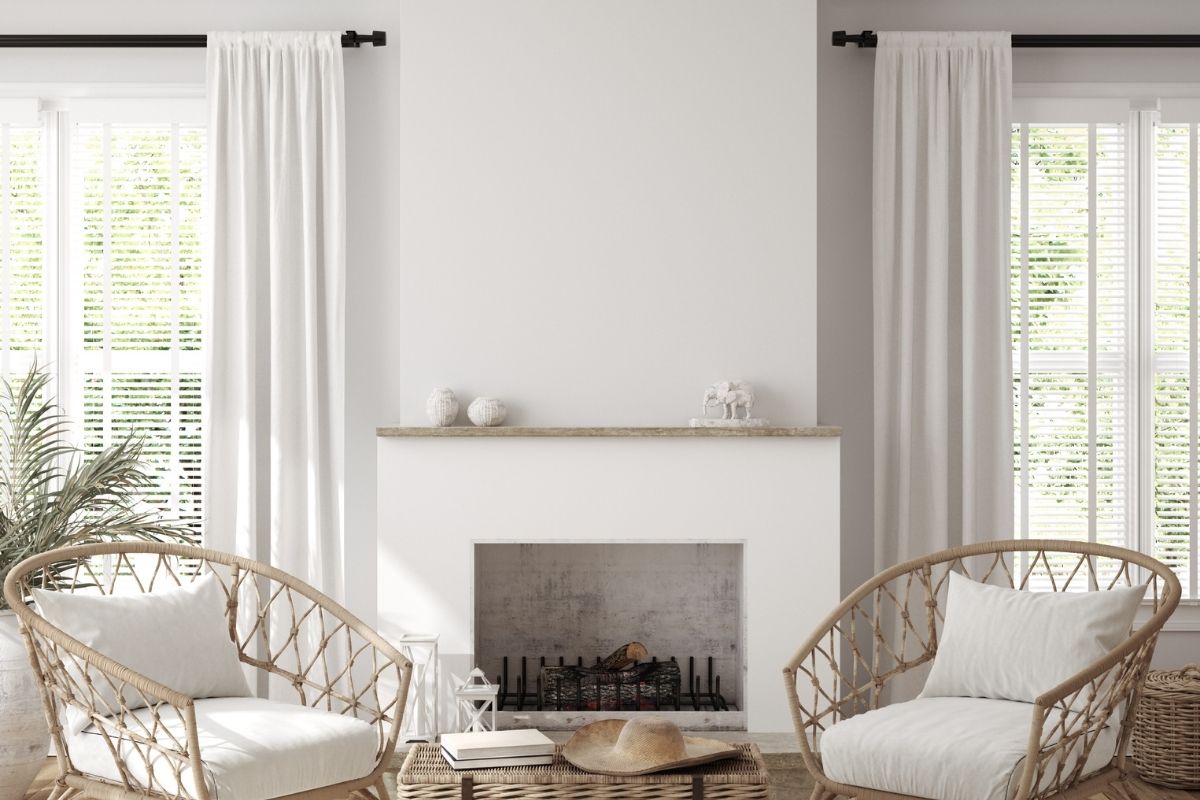
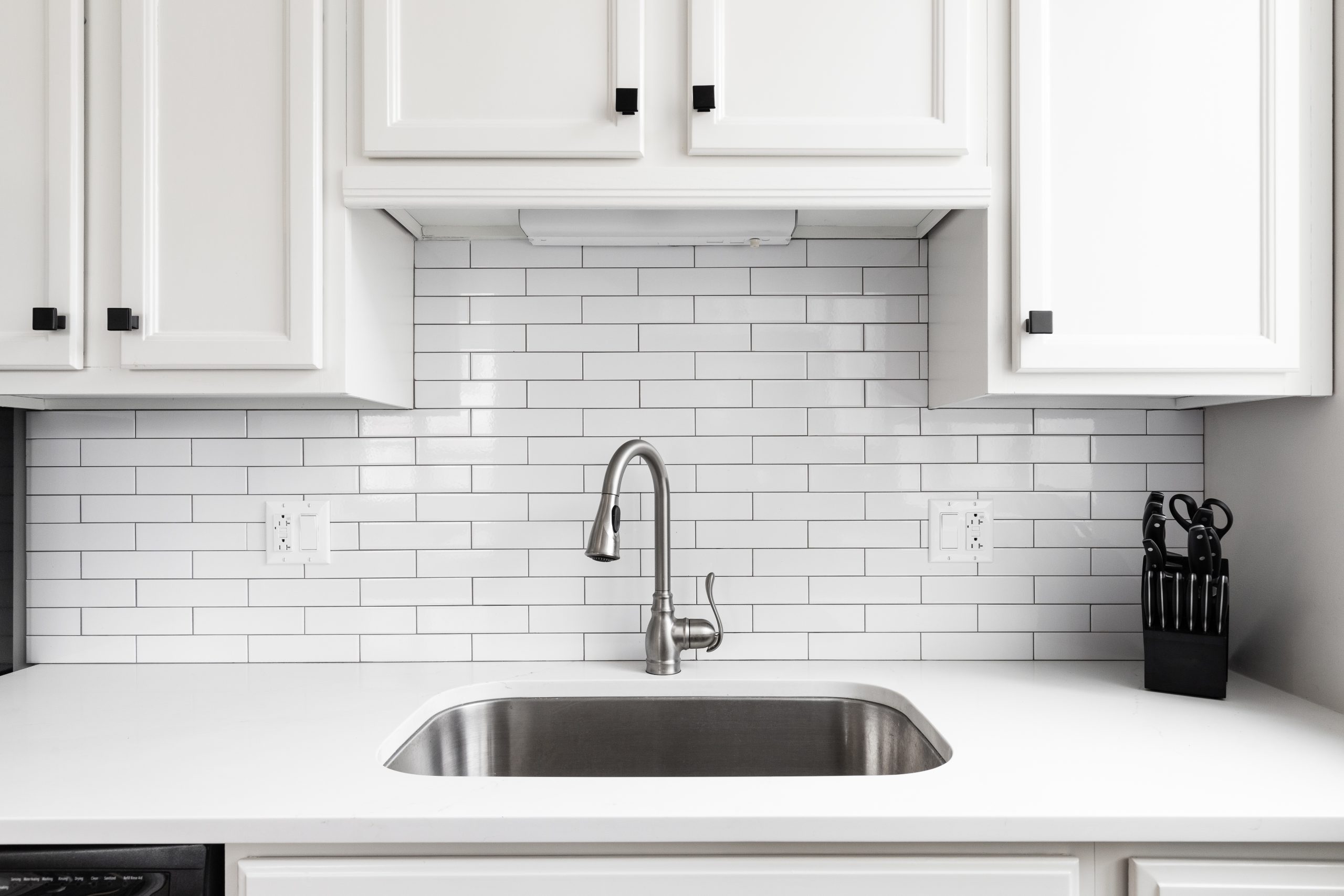

0 thoughts on “What Kitchen Floor Goes Well With White Cabinets? The Must-know Combinations”